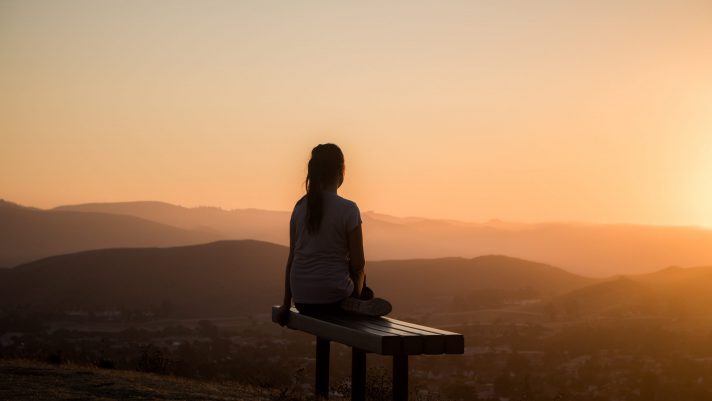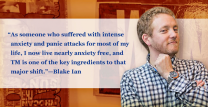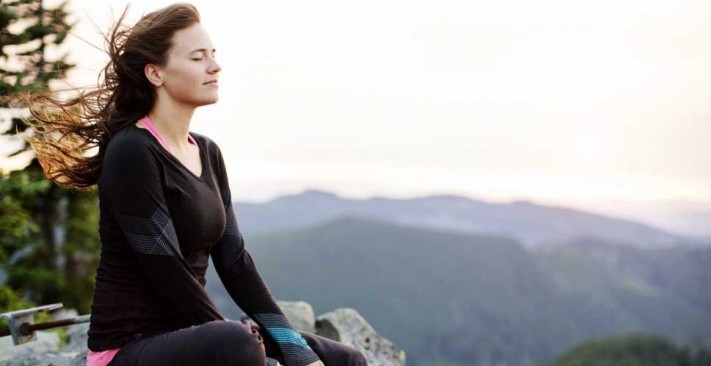Below is an excerpt from a personal story about learning the Transcendental Meditation technique.
“For many of my friends, spending a year at home led to the discovery of delightful new pastimes: baking, knitting, reading — one of my friends even wrote a book.
Meanwhile, I had only discovered new ways to stress myself out. As the months wore on, I picked up a number of bad habits without even realizing it: constantly reading (and refreshing) the news, doomscrolling, reflexively checking social media, and letting my mind race about the implications of the pandemic and why I hadn’t found any hip new hobbies…
After a string of sleepless nights, a friend of mine (one of the annoying ones who’d recently learned how to sculpt) suggested I try meditation. I downloaded the most popular meditation apps and searched for guided meditations on YouTube, but I found myself unable to take any of it seriously. My inability to relax made me all the more stressed. Meditation, I decided, wasn’t for me.
A few weeks later, I saw a documentary about The Beatles and their fabled trip to India. In 1968, they visited a small city in northern India called Rishikesh to learn a specific type of meditation I didn’t know much about beforehand: Transcendental Meditation…
I was intrigued enough to sign up, but also highly skeptical of something so simple.
“You don’t do anything?” I asked my meditation teacher. “So then what am I even doing?”
“Exactly,” he said.
I was worried again that this wasn’t for me. Nevertheless, I took solace in the fact that, in addition to The Beatles, TM is hailed by a number of reliable celebrities: Oprah Winfrey, Hugh Jackman, Tom Hanks, Katy Perry and Jerry Seinfeld (the list goes on) have all cited TM as being an integral part of their success…
It wasn’t until the second week that I started to notice positive changes as a result of meditating.
After every meditation check-in, my teacher would ask me: “Was that easy and effortless?” He wanted to know if I was letting the mantra work, and letting my brain sort itself out and settle down without trying to muscle it into a state of forced relaxation.
Ironically, being “easy and effortless” was the hardest part. But as I meditated every day, I became more accustomed to the feeling of letting go, of not trying to meditate or relax but simply letting myself be present with my thoughts and gently diving beneath those crashing waves. The exhaustion I felt in the first few days went away, and suddenly I had more energy. I started reading my novel in earnest. I found myself compulsively checking the news less. I still had urges to check social media, but right before I would open my phone, I noticed a new reaction: a split second of awareness where I would think about what I was doing and decide whether or not to open those apps in that moment…
After a month of daily TM practice, I haven’t achieved a level of Zen mastery nor have I composed this generation’s “White Album,” but I have noticed a significant reduction in stress. In general, I just feel a bit lighter as I move through my day…
I recommend meditating to anyone (like me!) who has gotten used to running off of stress and anxiety. I can’t claim to be a meditation guru now or pretend like I know exactly why meditating is so beneficial, but I do know for certain that those who don’t mind doing nothing are onto something.”
This excerpt is from an article posted on Today written by Josh Harmon, titled How I went from a meditation skeptic to a true believer after 30 days.




